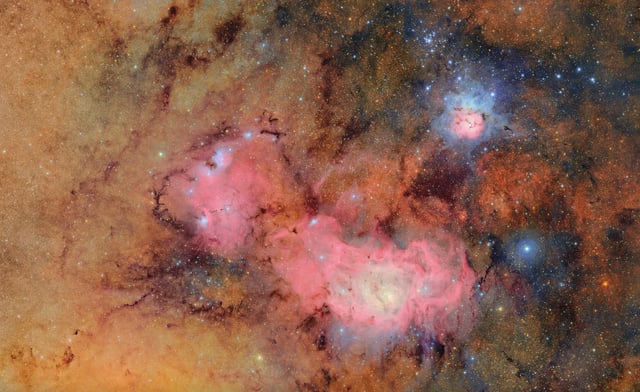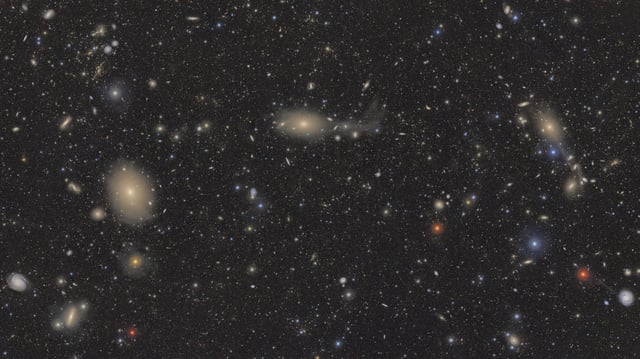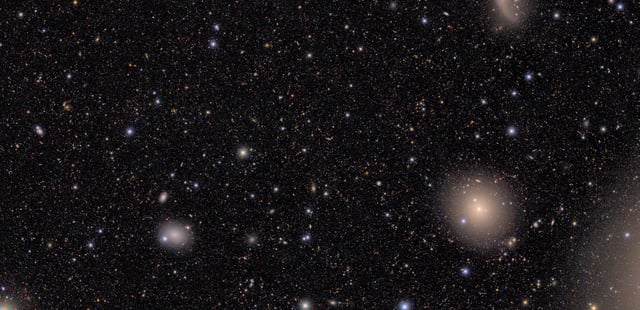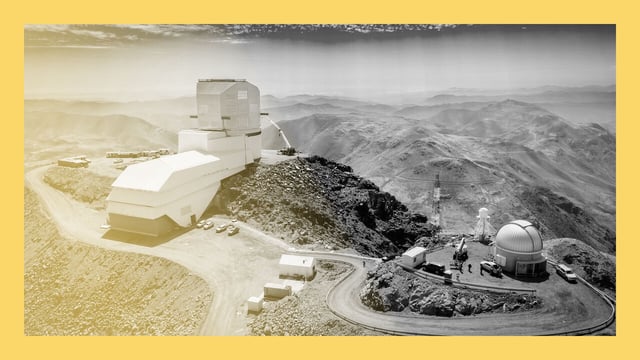Overview
- The observatory’s first public images captured 10 million galaxies and uncovered over 2,000 new asteroids.
- Its LSST camera, the world’s largest digital camera built by SLAC, images an area 45 times the size of the full moon every three nights.
- Imaging data are sent in real time to SLAC’s Menlo Park facilities and processed within minutes to alert astronomers to brightness changes and transient events.
- Over its 10-year Legacy Survey of Space and Time, the observatory will sweep the entire southern sky every three nights, generating a decade-long cosmic time-lapse.
- The survey’s high-resolution data are expected to advance research into dark matter, dark energy, and near-Earth asteroid threats.



